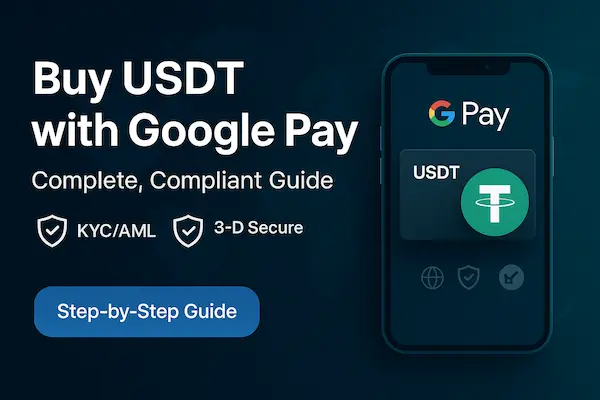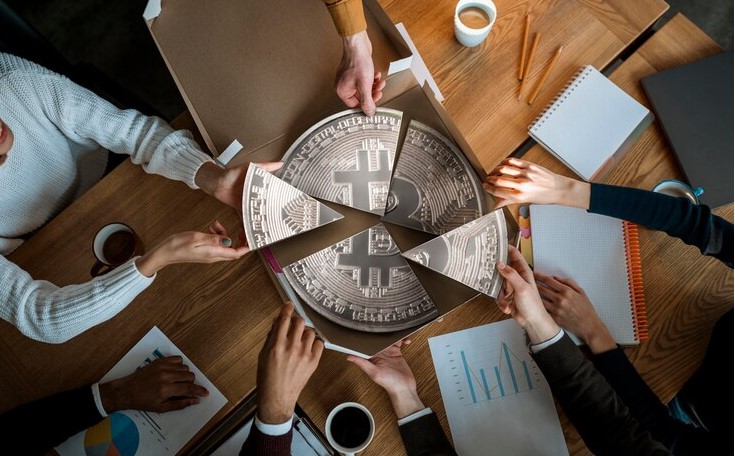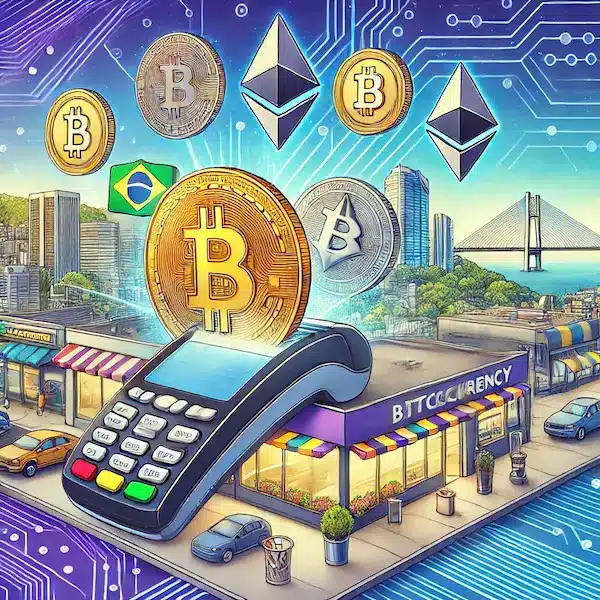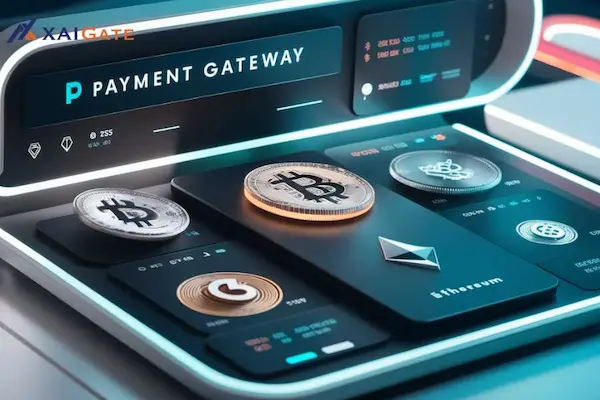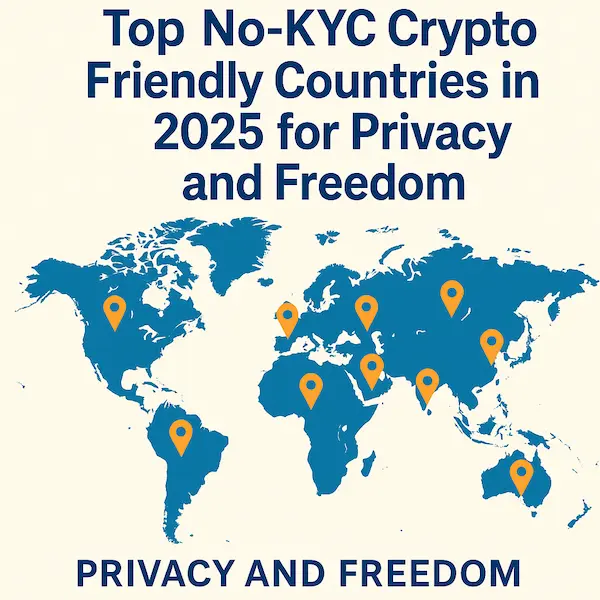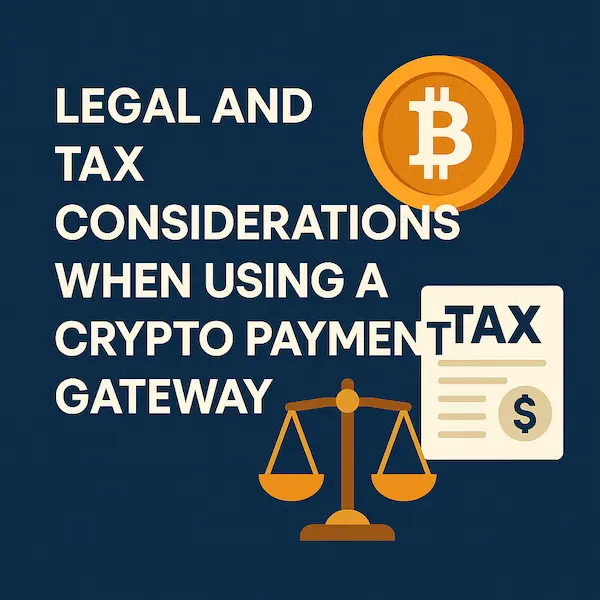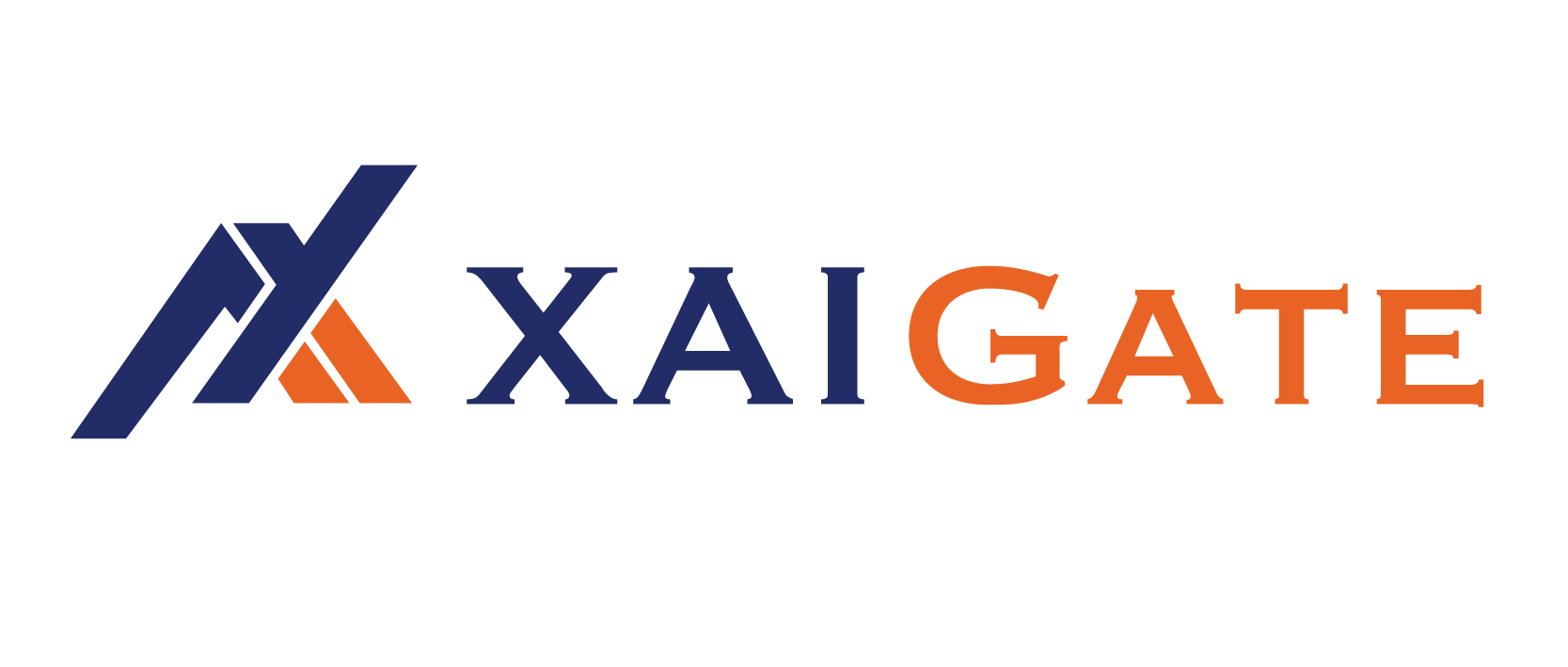Buying USDT with Google Pay should be fast, safe, and predictable. This guide explains how to buy USDT with Google Pay step by step, what fees and limits to expect, where Google Pay is supported for USDT purchases, and how to avoid common 3-D Secure and AVS issues. You’ll also learn how to choose the right USDT network (TRC20 vs ERC20 vs SOL) and how to store your Tether securely after you pay.
Contents
- 1 1. Is Google Pay Supported to Buy USDT in Your Country?
- 2 2. Choosing the Right USDT Network for Google Pay Purchases
- 3 3. How to Buy USDT with Google Pay Step by Step (Fast, Compliant)
- 4 4. Fees and Limits When You Buy USDT with Google Pay
- 5 5. Best USDT Network After You Pay with Google Pay (TRC20 vs ERC20 vs SOL)
- 6 6. Safety, Compliance, and Fraud Prevention When You Buy USDT with Google Pay
- 7 7. Case Studies: What Actually Works When You Buy USDT with Google Pay
- 8 8. Storing and Sending USDT Safely After Purchase
- 9 FAQs: Buy USDT with Google Pay
- 10 Conclusion: Fast, Compliant, and Ready for Scale
1. Is Google Pay Supported to Buy USDT in Your Country?
Often yes—but it depends on your provider, card issuer, and local rules. You can likely buy USDT with Google Pay if the items below check out.
30-second checklist
You see Google Pay at checkout after logging in (no VPN).
Your card supports 3-D Secure (3DS) and you complete it on the same device/browser.
Your account is KYC-verified; your legal name matches your Google Pay profile.
Billing address is AVS-accurate (exact postcode, spacing, punctuation).
Your bank allows online/international payments and crypto-related merchants.
Common blockers → Fast fixes
No Google Pay option: disable VPN, relogin, or use a provider that lists your country.
3DS fails/times out: retry on the same device, enable bank-app notifications.
AVS mismatch: update billing to match your bank statement exactly.
Issuer decline: call the bank to enable online/international usage.
KYC pending/hold: resubmit clear ID/POA; ensure full name and DOB match.
If you can see Google Pay at checkout, pass KYC, complete 3DS on the same device, and your AVS is correct, you can almost certainly buy USDT with Google Pay in your country.

2. Choosing the Right USDT Network for Google Pay Purchases
Picking a chain before you buy USDT with Google Pay prevents fee surprises and failed withdrawals later.
A quick decision tree
Need the lowest total cost for frequent transfers? Choose TRC20 (Tron).
Need maximum exchange/app compatibility and DeFi access? Choose ERC20 (Ethereum).
Need very fast confirmation with low fee and modern wallet UX? Choose SOL (Solana).
What really changes by chain
| Factor | TRC20 (Tron) | ERC20 (Ethereum) | SOL (Solana) |
|---|---|---|---|
| Typical on-chain fee | Very low | Higher and variable | Low |
| Confirmation speed | Fast | Fast to moderate (gas-dependent) | Very fast |
| Ecosystem breadth | Broad exchanges | Widest overall | Growing fast |
| Best for | Day-to-day low-fee transfers | DeFi & widest compatibility | Retail-speed + low fee |
| Common mistake | Sending to ERC20 address by accident | Under-funding gas for future moves | Mixing SOL main address with non-SOL USDT formats |
Practical pre-purchase checks
Destination wallet support: Open your wallet’s USDT page; confirm it explicitly lists TRC20, ERC20, or SOL.
Exchange deposit page: Copy the exact chain and address format; many exchanges show a network picker, choose the same network you’ll purchase.
Future moves: If you’ll later use DeFi on Ethereum, ERC20 may save bridging headaches—even if fees are higher.
If you’re unsure, buy a small amount first, withdraw to the intended chain, then scale.
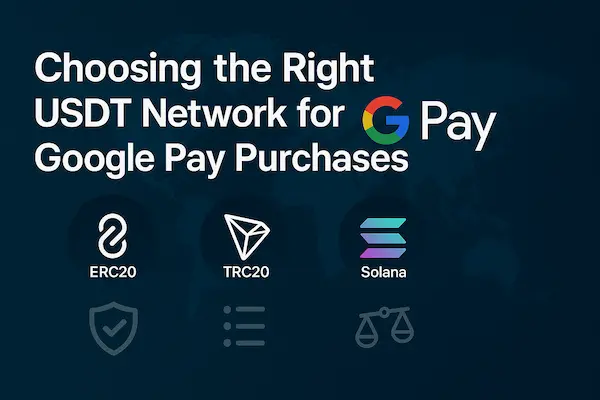
3. How to Buy USDT with Google Pay Step by Step (Fast, Compliant)
Follow this practical flow to buy USDT with Google Pay in about five minutes—minimizing declines and holds.
Step 1: Pick a compliant provider that lists Google Pay
Choose an exchange/on-ramp that explicitly shows Google Pay at checkout for your country. Verify the official domain, help docs, and status page.
Favor providers with visible licensing, clear fee disclosures, and 24/7 support.
Step 2: Create your account and finish KYC
Complete ID verification (and proof of address if asked). Ensure your legal name exactly matches your Google Pay profile.
Consistent identity data reduces risk flags and speeds up settlement when you buy USDT with Google Pay.
Step 3: Add a 3-D Secure card to Google Pay
Use a card that supports 3-D Secure (3DS). Keep the bank app’s notifications ON so you don’t miss the approval prompt.
Switching devices between checkout and 3DS—finish authentication on the same device/browser you started with.
Step 4: Select USDT and the right network
Pick USDT and choose the chain your destination wallet supports:
TRC20 (Tron): lowest typical fees, fast confirmations
ERC20 (Ethereum): widest ecosystem, higher gas
SOL (Solana): very fast, low fee, growing support
Label your receiving wallet by chain (e.g., “USDT-TRC20”) to avoid sending to the wrong network.
Step 5: Enter amount, review the full quote
Confirm the provider spread, any processing cost within the Google Pay flow, and expected network withdrawal fee if you’ll move funds out.
For first-time buyers, start with a smaller ticket to validate your setup.
Step 6: Ensure AVS-accurate billing details
Copy your billing address exactly as on your bank statement (postcode, spacing, punctuation). AVS mismatches are a top cause of declines.
Step 7: Complete 3-D Secure on the same device
Approve the 3DS challenge promptly in your bank app or SMS prompt. Don’t reload or switch tabs/apps mid-flow.
Step 8: Receive USDT and withdraw
USDT usually lands instantly in your hosted wallet. Withdrawing to self-custody or an exchange? Send a $1–$10 test first, confirm chain + address, and include tags/memos if required.
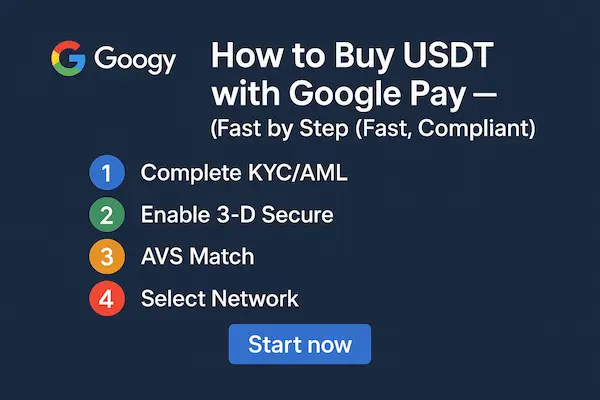
4. Fees and Limits When You Buy USDT with Google Pay
Understanding total cost and caps helps you avoid surprises when you buy USDT with Google Pay.
1. What you actually pay
Provider spread: The difference between market price and your quote (typically 0.5–2.5%).
Processing/card fee: Charged within the Google Pay flow (often 1.5–3.5%).
Network withdrawal fee: Depends on chain (TRC20 low, SOL low, ERC20 higher).
Cost & Speed Snapshot
| Component | Typical Range | What Drives It | Tips to Reduce |
|---|---|---|---|
| Provider spread | 0.5–2.5% | Liquidity, region, order size | Verify at off-peak hours; higher KYC tier |
| Processing fee | 1.5–3.5% | Card rails, issuer risk | Fewer retries, same-device 3DS |
| Network fee | Low → High | Chain congestion, gas price | Prefer TRC20/SOL for withdrawals |
| Settlement time | Instant–10 min | KYC/risk checks, 3DS quality | Same-device flow; name/AVS match |
2. Limits and how to raise them
Per-transaction / daily / monthly caps vary by provider, region, and risk profile.
Complete higher KYC tiers, keep AVS exact, and build a clean purchase history to unlock larger limits.
First-time large tickets may trigger manual review—be ready with clear ID/POA and, if asked, source-of-funds.
3. What to expect on timing
Hosted wallet credit: often instant.
External withdrawal: usually minutes; longer during network congestion or manual reviews.
If a hold occurs, re-upload uncropped, glare-free documents and ensure your Google Pay name matches the account name.
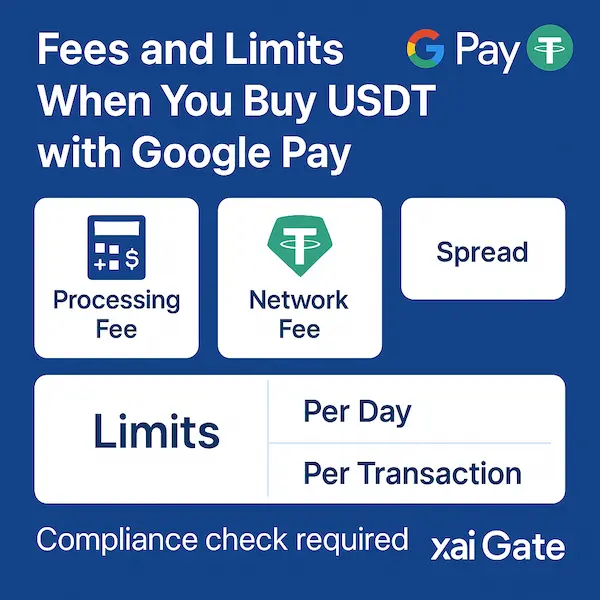
5. Best USDT Network After You Pay with Google Pay (TRC20 vs ERC20 vs SOL)
Choosing the right chain before you buy prevents failed deposits and extra fees.
Quick chooser
Lowest fee transfers → TRC20 (Tron)
Broadest DeFi/app compatibility → ERC20 (Ethereum)
Fast + low-fee retail speed → SOL (Solana)
USDT Network Comparison
| Network | Typical Fee | Speed | Ecosystem Support | Best For | Watch Outs |
|---|---|---|---|---|---|
| TRC20 (Tron) | Very low | Fast | Broad on CEXs | Everyday transfers, small tickets | Never send to ERC20 address |
| ERC20 (Ethereum) | Higher/variable | Fast→Moderate | Widest overall | DeFi, tooling, integrations | Budget gas for future moves |
| SOL (Solana) | Low | Very fast | Growing quickly | Cheap + quick settlements | Confirm address format/tags |
Pre-purchase safety checks
Destination wallet page: Confirm it explicitly lists USDT-TRC20, USDT-ERC20, or USDT-SOL.
Exchange deposit screen: Choose the correct network in the network picker, then copy the address.
Test transfer: After you buy USDT with Google Pay, send $1–$10 first to validate chain, address, and any tag/memo requirements.
Chain must match end-to-end. Wrong-chain deposits are typically irreversible.

6. Safety, Compliance, and Fraud Prevention When You Buy USDT with Google Pay
Operate like a low-risk user to avoid declines and holds.
Identity & billing hygiene
Exact name match: Account name = Google Pay profile = legal ID (mind accents, hyphens, middle names).
AVS precision: Copy billing from your bank statement exactly (postcode, spacing, punctuation).
Same-device 3DS: Start checkout and complete 3-D Secure on the same device/browser—don’t switch mid-flow.
Provider due diligence
Bookmark the official domain; avoid DM links and pop-ups.
Prefer providers with visible licensing, a public status page, and 24/7 support.
Read the help article that specifically mentions Google Pay steps for your country.
Be proof-ready
Keep ID and proof of address handy.
For larger first-time purchases, be ready with source-of-funds (bank statement/pay slip).
Phishing & social engineering
Never share seed phrases or 2FA codes.
Release funds only after you see USDT credited on-chain or in your account.

7. Case Studies: What Actually Works When You Buy USDT with Google Pay
Real-world scenarios reveal the precise signals that drive approvals, lower fees, and faster settlement when you buy USDT with Google Pay. Below, each case isolates the root cause, the concrete fix, and the repeatable outcome—so your next purchase is smooth on the first attempt.
Case 1: 3-D Secure kept failing due to device switch (Singapore)
First-time buyer tried to buy USDT with Google Pay on desktop while the 3DS prompt arrived on a phone banking app → timeouts and declines.
Restarted checkout on the same phone that holds the banking app; disabled private mode; enabled push notifications; ensured legal-name match across account and Google Pay.
Approval on first retry; USDT credited instantly to hosted wallet; safe test withdrawal on USDT-TRC20 (lowest typical fee).
Case 2: Low fees vs. DeFi compatibility trade-off (Germany)
User planned Ethereum DeFi right after purchase; TRC20 looked cheaper but bridging adds cost and time.
Bought USDT-ERC20 directly; placed order during off-peak for tighter spread; kept a small ETH buffer for gas.
Immediate DeFi readiness; no bridge risk/fees; predictable total cost while still using Google Pay for convenience.
Case 3: AVS mismatch + issuer block before limits increase (Vietnam)
Small business attempted to buy USDT with Google Pay for supplier payments; repeated declines despite seeing Google Pay at checkout.
Entered AVS-accurate billing (postcode, spacing, punctuation exactly as bank statement); called issuer to enable online/international CNP transactions; upgraded to KYC Tier 2.
Payment approved; quick withdrawal to USDT-SOL for fast retail transfers; limits raised after a clean purchase week.
Key takeaways you can reuse now
Keep 3DS on the same device you used to start checkout; device switching is a top false-decline trigger.
Make billing AVS-perfect (copy from bank statement verbatim).
Select the network for your destination: TRC20 for lowest fees, ERC20 for widest DeFi, SOL for fast/low-fee retail.
Scale caps via higher KYC tier + clean history; prepare source-of-funds for larger first-time buys.
8. Storing and Sending USDT Safely After Purchase
After you buy USDT with Google Pay, treat the funds like cash: mistakes on-chain are usually irreversible. The goal is simple—store securely, send accurately, keep costs low, and maintain an audit trail that satisfies compliance and taxes.
1. Choose the right custody model
Custodial wallet (easy start): Your provider holds keys. Good for beginners and small balances; enable all security options and withdraw when you need control.
Self-custody (maximum control): You hold keys in a reputable wallet (mobile + hardware). Write the seed phrase on paper/steel, offline; never in screenshots or cloud notes.
2. Chain-match discipline (TRC20 / ERC20 / SOL)
Pick the same network end-to-end—deposit page → purchase → withdrawal.
TRC20: lowest routine fees for frequent transfers.
ERC20: widest DeFi/app compatibility; budget gas.
SOL: very fast + low fee; verify address format.
Rule: If the destination says USDT-TRC20, do not send ERC20 or SOL—funds can be lost.
3. Address, tags/memos, and test transfers
Copy/paste the address, then verify first/last 6 characters aloud.
Some exchanges require a tag/memo; missing it can delay or forfeit credit.
Always do a $1–$10 test send before moving larger amounts.
4. Security controls you should turn on today
2FA or passkeys on provider and wallet; avoid SMS 2FA if possible.
Whitelist withdrawal addresses; lock whitelists behind 2FA.
Device hygiene: up-to-date OS, no sideloaded APKs, screen-lock on.
Phishing resistance: bookmark the provider; never follow DM links; no one legitimate will ask for your seed phrase.
5. A low-risk withdrawal playbook
Confirm chain + address + (tag/memo) on the destination.
Test transfer (small) → verify arrival → proceed with the full amount.
Keep a small balance of the chain’s native gas token (e.g., ETH for ERC20) so you’re never stuck.
Set velocity limits (per-day caps) and alerts for unusual activity.
6. Record-keeping, receipts, and taxes
Save quotes, invoices, tx IDs, and timestamps for each step after you buy USDT with Google Pay.
Export CSV from your provider/wallet monthly; reconcile amounts and networks.
Tag business vs personal transactions now—don’t wait for year-end.
FAQs: Buy USDT with Google Pay
1. Is Google Pay available to buy USDT in my country?
Coverage depends on your provider, card issuer, and local rules. If you see Google Pay at checkout, can pass KYC and 3-D Secure on the same device, you can likely buy USDT with Google Pay.
2. What do I need before paying with Google Pay?
Complete KYC, add a 3-D Secure–enabled card to Google Pay, and ensure AVS-accurate billing (exact postcode, spacing). Your legal name should match your Google Pay profile.
3. Which USDT network should I choose, TRC20, ERC20, or SOL?
TRC20 is typically lowest fee, ERC20 offers the broadest ecosystem, and SOL is very fast with low cost. Pick the chain your destination wallet or exchange supports.
4. What fees apply when I buy USDT with Google Pay?
Expect a provider spread, a processing/card fee within the Google Pay flow, and a network withdrawal fee. TRC20 and SOL are usually cheaper than ERC20 for withdrawals.
5. How long do Google Pay USDT purchases take?
Hosted wallet credit is often instant; external withdrawals usually settle within minutes. Manual reviews or network congestion can add time.
6. Why was my Google Pay transaction declined or put on hold?
Top causes: failed 3DS, AVS mismatch, issuer blocks, or incomplete KYC. Retry 3DS on the same device, correct billing, contact your bank, or resubmit clearer ID/POA.
7. Can I withdraw to my own wallet right after I buy USDT with Google Pay?
Usually yes. Double-check chain (TRC20/ ERC20/ SOL), address format, and any required tag/memo; start with a small test transfer.
8. What are the best alternatives if Google Pay isn’t available?
Try Apple Pay, bank transfers/instant rails, or reputable P2P with escrow. Always verify provider licensing and use platform escrow before releasing funds.
Conclusion: Fast, Compliant, and Ready for Scale
If you need a reliable way to buy USDT with Google Pay, the winning formula is simple: pick a compliant provider, finish KYC cleanly, keep AVS/3DS airtight, and choose the right network (TRC20 for low fees, ERC20 for ecosystem depth, SOL for speed). Operate like a low-risk user and you’ll get instant credits, fewer holds, and predictable costs. For larger tickets, prepare source-of-funds and stick to same-device 3DS. With these habits, your first purchase feels routine—and the next ones feel automatic.
Quick Summary
| Topic | What to check | Action that works |
|---|---|---|
| Availability | Google Pay visible at checkout; no VPN | Log in, confirm GPay button for your country |
| Identity | KYC done; legal name = Google Pay | Verify ID/POA; align full name exactly |
| Card & 3DS | 3-D Secure supported | Approve 3DS on the same device/browser |
| Billing (AVS) | Postcode, spacing, punctuation match | Copy billing from bank statement verbatim |
| Network choice | TRC20 vs ERC20 vs SOL | Match chain end-to-end; label wallets by chain |
| Fees | Spread + processing + network | Start small; prefer TRC20/SOL for low fees |
| Withdrawals | Address + (tag/memo if needed) | Do a $1–$10 test send before big moves |
| Troubleshooting | 3DS/AVS/issuer/KYC | Fix same-device 3DS, AVS accuracy, issuer toggles |
For daily updates, subscribe to XAIGATE’s blog!
We may also be found on GitHub, and X (@mxaigate)!

